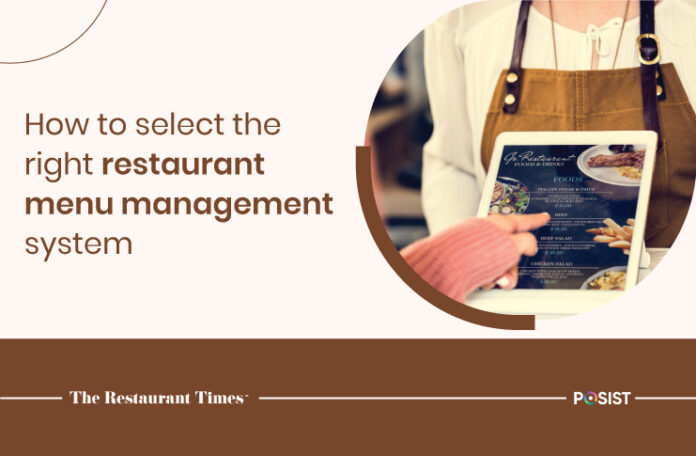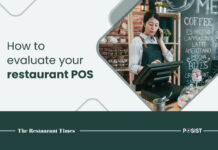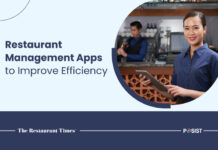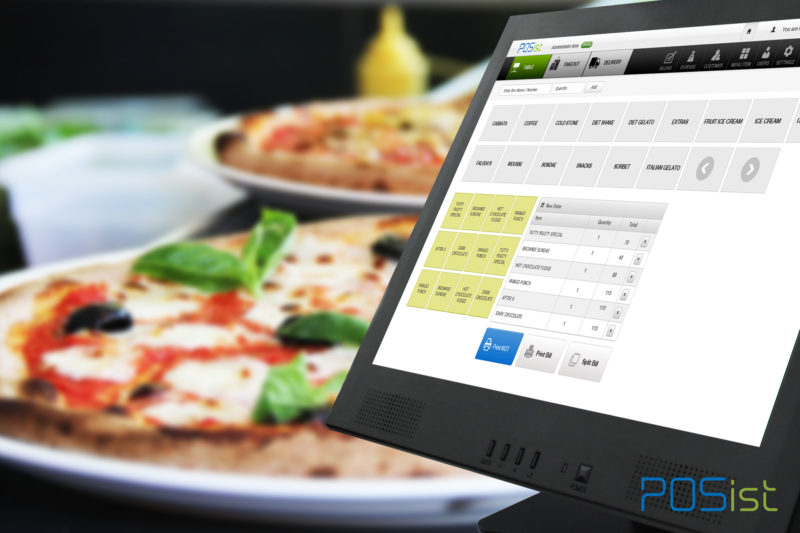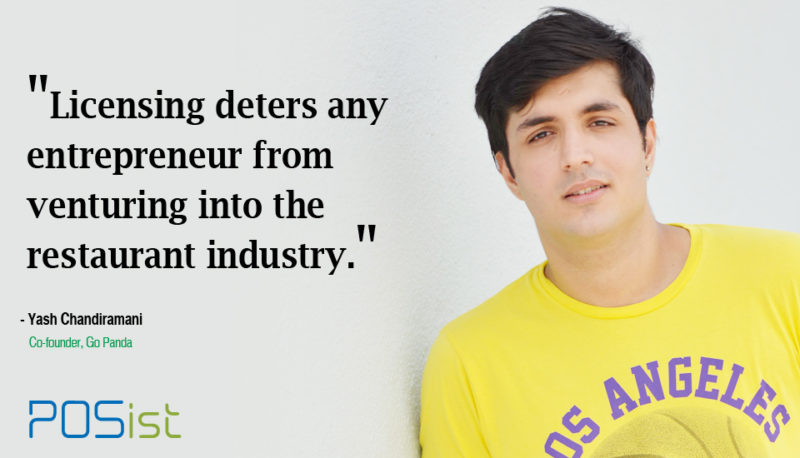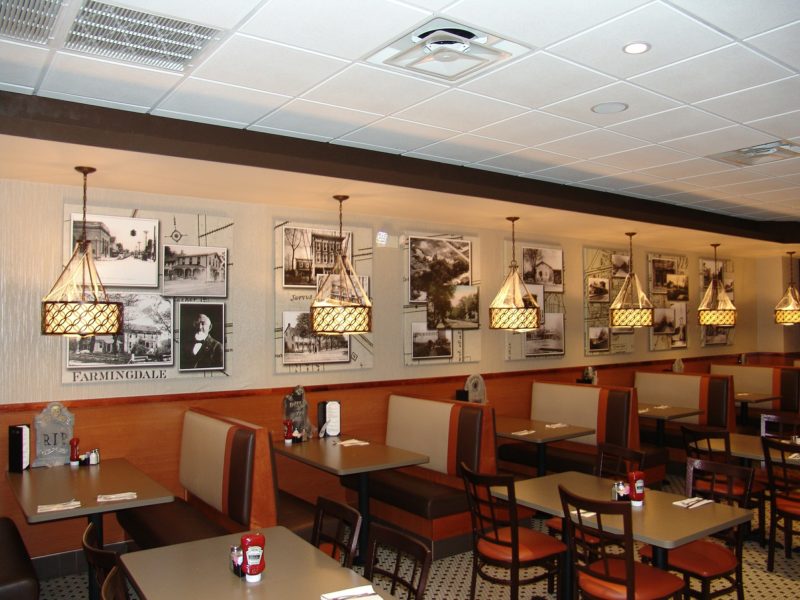If you are a restaurant owner, you will know that a menu is a restaurant’s heart and soul. It is one of the touchpoints through which customers interact with your restaurant, and based on their perception, decide whether or not they want to dine there. Although the look and feel of a menu may attract customers, it is much more than that. A smartly designed restaurant menu can result in high profits as it can influence customers’ choices and tempt them to order more. This is where a robust restaurant menu management system comes into play.
It is no wonder that the menu management system is quickly becoming a phenomenon in the food service industry across the globe. These systems allow restaurateurs to develop or restructure their recipes, provide nutritional & allergen data pertaining to food ingredients, help with dynamic menu pricing, etc. However, you can only avail all these benefits if you can select the right software, which is a very challenging task.
This article will discuss the essential features you need to look for in a restaurant menu management system before selecting the best possible option.
Features You Must Look For In A Restaurant Menu Management System
A restaurant menu management system is one of the many features available with a restaurant POS system that helps create and manage a restaurant menu. An inherent advantage of this system is that it comes integrated with the billing as well as the inventory management module. Now, let me take you through some of the other essential features that you should look out for in a restaurant menu management system.
- Recipe Management
You need to ensure that the restaurant menu management system provides you with the facility to manage recipes. It can be a useful feature that will allow you to standardize all your recipes across multiple outlets. These recipes include all the ingredients that go into the preparation and presentation of the menu items. Besides, it tells you how much of each ingredient should be used and at what temperature you should cook the dishes.
It is crucial to have a standard recipe in your restaurant as it helps you maintain consistency of taste and quality over time and across multiple outlets. It also helps control operating costs by cutting down on undue wastage of food because it clearly defines the amount of each ingredient to be used during food preparation.
- Cloud-based System
Contrary to traditional apprehensions, cloud-based systems nowadays are very safe and relatively more secure than the software installed on our desktops. The reason is that the cloud service providers employ some of the world’s best security experts, encryption methods, and cutting-edge technologies to ensure that data stays safe, secure, and easily accessible at all times. The staff will enjoy unrestricted access to the system from virtually anywhere, at any time, and on any device. In this way, the staff member can maintain access to the same information, no matter where they are located.
- Central Menu Management
If you are operating multiple outlets, updating the menu at each food place can become extremely tedious and inefficient. A restaurant menu management system takes care of this issue as it ensures that whatever you add or remove from the menu is automatically captured across all the outlets. In other words, you can maintain a detailed menu at the central hub, and it will automatically get reflected across all your outlets on a real-time basis, saving you a lot of time while eliminating the risk of manual errors.
- Ability To Create Categories
As a restaurateur, you must know that customers would find it extremely difficult to navigate through a menu that lacks proper categorization. So, you must categorize the food items on the menu into different labels like starters, main course, non-vegetarian, vegetarian, beverages, etc. It makes life simpler for the patrons as they can navigate through the menu and quickly identify what they are looking for. So, lookout for a restaurant menu management system that allows you to create all these categories easily and lets you efficiently edit them as and when required.
- Smart Menu Display
A restaurant menu management system that highlights the popular items besides displaying the complete menu items on the POS can help in upselling. It comes in handy in the case of Tablet Ordering, where customers place their own orders through a tablet. The smart menu display feature may focus on the top-selling and high-profit items, prompting customers to order more. Besides, it can also help customers make purchase decisions depending on calorie content, allergens, and the price of the food items.
- Multilingual Support
Customers of various linguistic backgrounds may visit your restaurant, and when they do, they will be thrilled to read a menu in their own language. The multilingual feature allows the customers to change the menu to their preferred language, such as Spanish, Thai, Arabic, etc. Besides, it can also be a valuable feature for the staff as they will be more comfortable interacting in their preferred language.
- Ability To Integrate With POS
A restaurant menu management system integrated with a sound POS system can leverage smart analytics to provide detailed reports and insights about your restaurant business. It can show which menu items are selling like hotcakes and which are failing to attract the customer interest. Further, if coupled with a smart customer feedback management module, it can provide item-specific feedback from customers. The ability to integrate with the POS system is an essential feature you should look for in your restaurant menu management system.
Many restaurants go out of business because they fail to offer due attention to the menu. It is essential to analyze and update the menu regularly to cater to the changing customer demands. A smart restaurant menu management system helps generate high profits by taking care of customer preferences while efficiently managing all restaurant activities. Just keep note of the above-mentioned points while selecting a restaurant menu management system for your restaurant, and you will be good to go.


